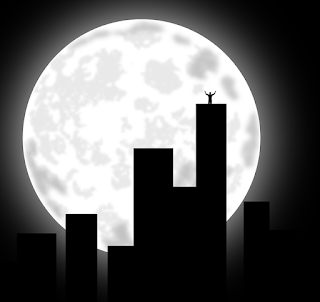It wasn’t until 1979 that Richard Nolle first defined the supermoon, which is now a widely-used term.
The astrologer explained that the phenomenon is “a new or full moon which occurs with the moon at or near (within 90% of) its closest approach to Earth in a given orbit.”
Based on Nolle’s theory, the moon would have to be 226,000 miles away from the Earth to be considered ‘super’.
Because of its relatively close proximity to the Earth, the celestial body’s surface appears a lot bigger when a supermoon occurs.
The scientific event is fairly uncommon, as it can occur around every 14 full moons.
The last one occurred on November 14 2016, when the moon appeared upto 14% bigger and 30% brighter than normal.
It was the closest Supermoon to the Earth all year, reaching an orbit of 221,500 miles away.
While the space event provides spectacular views, it is made even more incredible when it coincides with a lunar eclipse.
The last time this happened was on September 27th last year, and it won’t return again until 2033.
YouTube Link - https://www.youtube.com/watch?v=1MPmdJ6mGQ4

Comments
Post a Comment